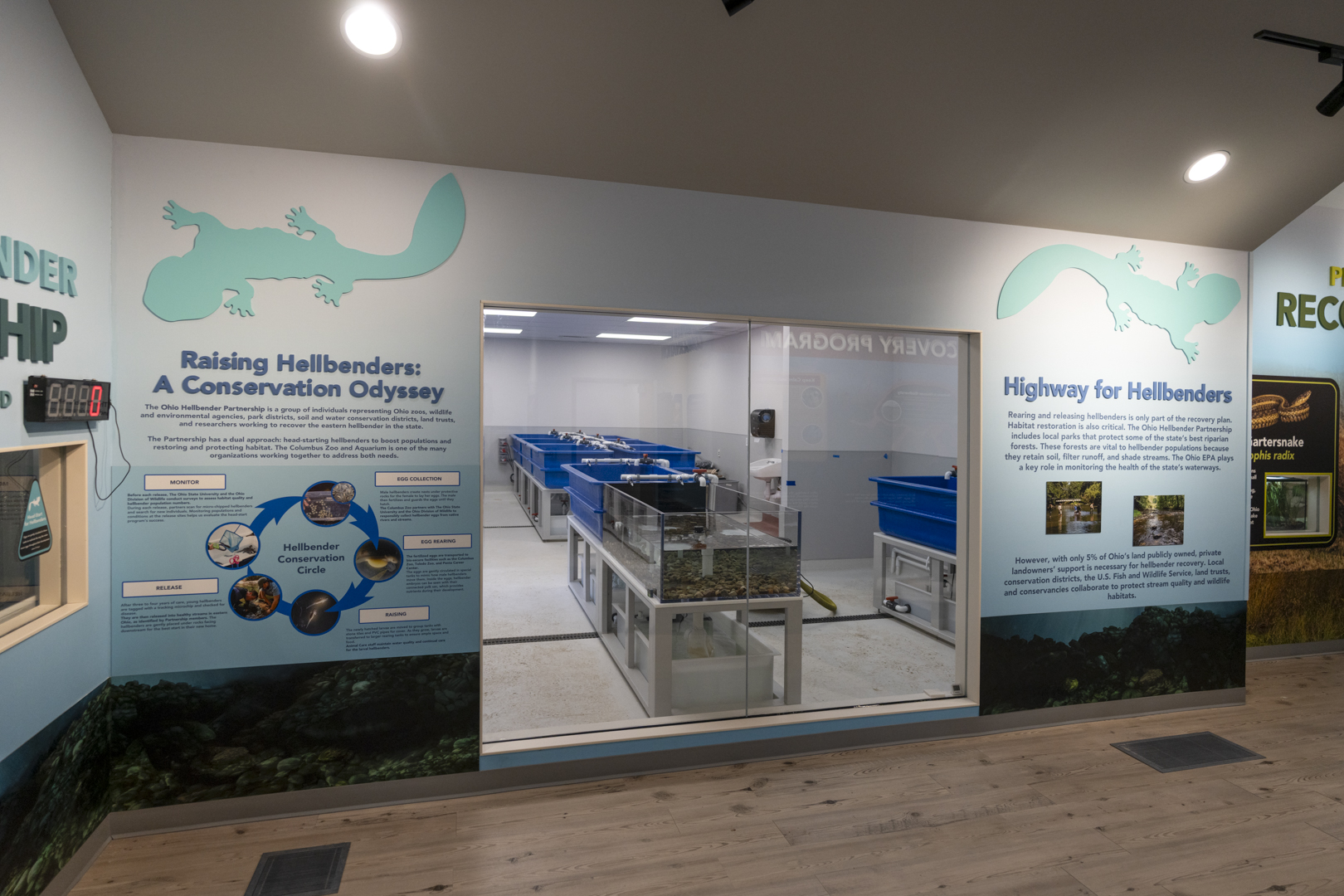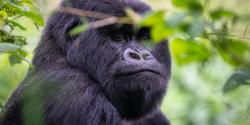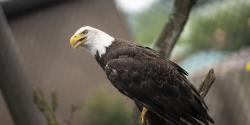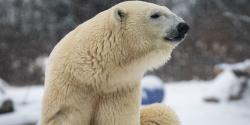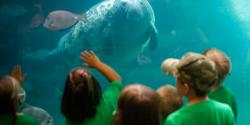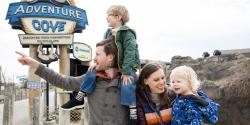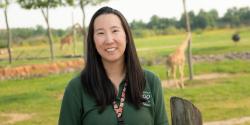For many people, the idea of conservation brings to mind far-flung places, unknown landscapes, and the romanticism of “the wild.”
Indeed, many professionals cite formative experiences in the savannas of Africa or the rainforests of South America as the spark for their passion for wildlife. I was no different. Even while growing up in the verdant forests of the Pacific Northwest, I imagined my future career unfolding on another continent.
I remember being a graduate student at the Yale School of the Environment when one of my professors shared that he believed the power of zoos lies in their ability to connect people with the biodiversity of their own backyards. While the idea itself wasn’t new, hearing him frame local conservation this way made me think differently about how this philosophy could shape and strengthen our work.
In the decade since that conversation, a focus on local conservation as the core mission of zoos and aquariums has gained meaningful traction. The rising movement to get kids outside and playing in nature along with an increasing emphasis on engaging local partners in conservation have helped solidify our organizations as spaces where people can connect with animals and ecosystems similar to those found in their own communities.
At the Columbus Zoo and The Wilds, our commitment to Ohio wildlife forms the foundation of our conservation work. The Ohio Center for Wildlife Conservation (OCWC) will be a physical representation of a diverse, dynamic, and robust body of work. It encompasses species like hellbenders, freshwater mussels, plains garter snakes, American burying beetles, and spotted turtles, as well as broader initiatives focused on herbaceous habitats and riparian corridors.
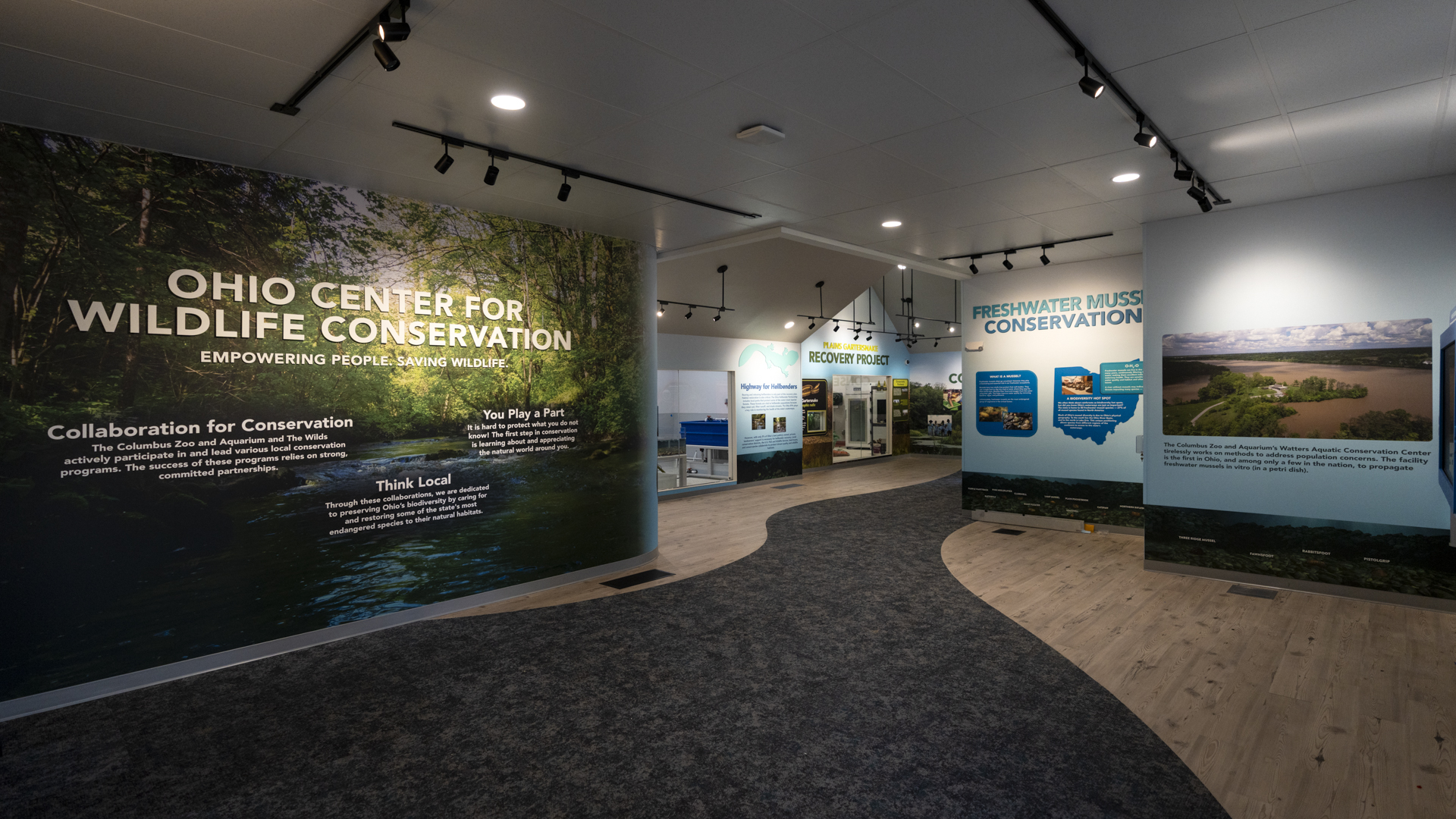
So, why is this important?
- Biodiversity Preservation: Conserving local species such as freshwater mussels, eastern hellbenders, and Plains gartersnakes contributes to maintaining the rich biodiversity of Ohio's ecosystems, ensuring a balanced and resilient natural environment.
- Ecosystem Health: These species play crucial roles in the local ecosystems, contributing to water quality, nutrient cycling, and predator-prey relationships. Protecting them helps maintain the health and functionality of Ohio's rivers, streams, and terrestrial habitats.
- Cultural and Educational Value: Local species hold cultural significance and serve as valuable educational resources. Their conservation allows future generations to connect with and appreciate the unique biodiversity of Ohio, fostering a sense of environmental stewardship and responsibility.
The OCWC will immerse visitors in the research and conversations surrounding these efforts while celebrating the essential roles Ohio wildlife play in our ecosystems and cultural identity. Most importantly, the OCWC will aim to inspire regional pride—and help turn that pride into action.
Ultimately, conservation is a global movement that depends on the voices, ideas, and efforts of communities everywhere. The Columbus Zoo and Aquarium and The Wilds are proud to share the work we’ve been doing with partners throughout the state and region. Together, we can protect and enhance the place we call home.
